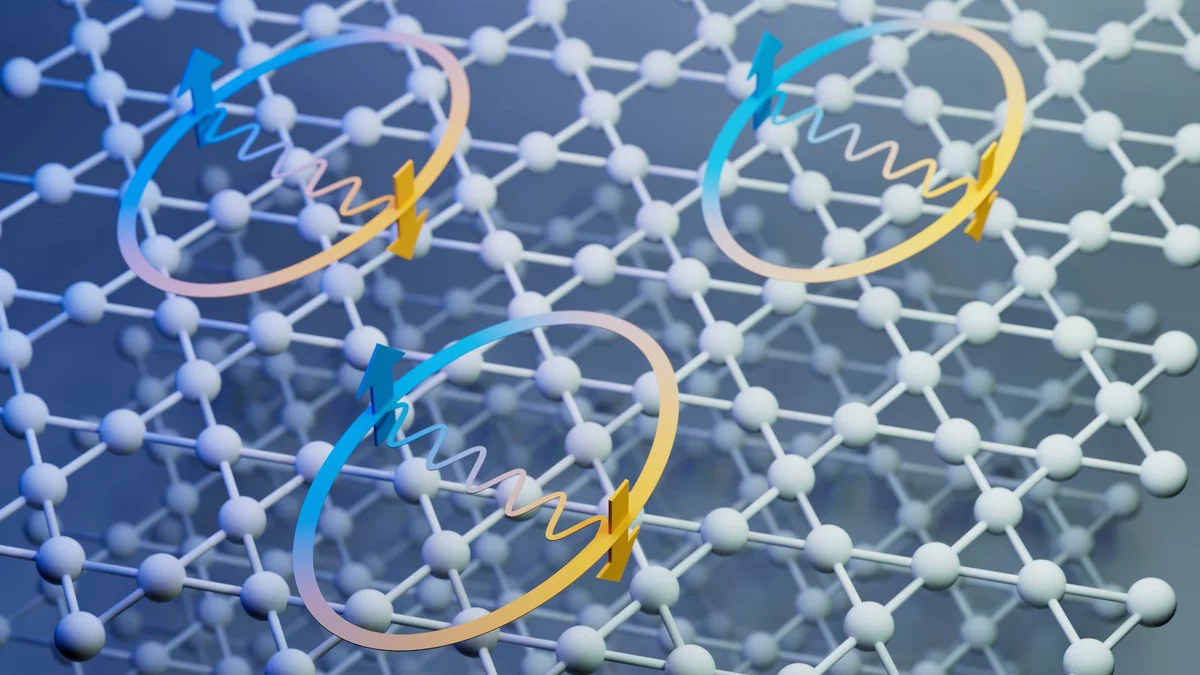The PSI Laboratory for Muon Spin Spectroscopy uses the fundamental particles from the Swiss Muon Source SµS to investigate matter and materials.
Call for Proposals
Next Deadline: Call 2/2026 June 01, 2026.
- The 1st call (1/2026) for the year 2026 is closed.
- Note: Allocation period for call 1/2026: June 2026 - September 2026.
- Note: Allocation period for call 2/2026: October 2026 - December 2026.
- Experiment schedules
The technique "µSR" - Muon Spin Rotation, Relaxation or Resonance
A research tool using muons as sensitive local magnetic probes in matter.
Worldwide unique instruments:
The Low-Energy Muon (LEM) beam and µSR Spectrometer for the study of thin films, layers and surfaces;
the high-field instrument (HAL-9500) equipped with specially designed detectors to perform studies in fields up to 9.5 Tesla and at very low temperatures;
and the combination of very-high pressures (up to 2.8 GPa) combined with sub-Kelvin temperatures (GPD).
Lab News & Scientific Highlights
Second BRIDGE Workshop in Tokyo
The second BRIDGE workshop, “Bridging Research Innovations in Diverse muon and neutron science by GEneral collaboration between Japan and Switzerland”, took place at the University of Tokyo on October 20-22, 2025
Depth-resolved magnetic order in superconducting topological insulator/FeTe thin film heterostructures
The search for chiral topological superconductivity in magnetic topological insulator (TI)-FeTe heterostructures is a key frontier in condensed matter physics, with potential applications in topological quantum computing. The combination of ferromagnetism, superconductivity, and topologically nontrivial surface states brings together the key elements required for chiral Majorana physics. In this work ...
Discovery of Nodal-Line Superconductivity in Chiral Crystals
Chiral crystals, whose key feature is the structural handedness, host exotic quantum phenomena driven by the interplay of band topology, spin-orbit coupling (SOC), and electronic correlations. Due to the limited availability of suitable chiral-crystal materials, their unconventional superconductivity (SC) remains largely unexplored.
Here, the discovery ...



